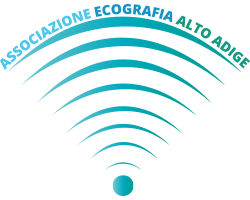The Heart in COVID-19. Primary Target or Secondary Bystander?
In the throes of the current coronavirus disease-2019 (COVID-19) pandemic, interest has burgeoned in the cardiovascular complications of this virulent viral infection. As troponin, a biomarker of cardiac injury, often rises in hospitalized patients, its interpretation and actionability require careful consideration. Fulminant myocarditis due to direct viral infection can certainly occur, but in patients with increased oxygen demands due to tachycardia and fever and reduced oxygen delivery due to hypotension and hypoxemia, COVID-19 disease can cause myocardial injury indirectly…
